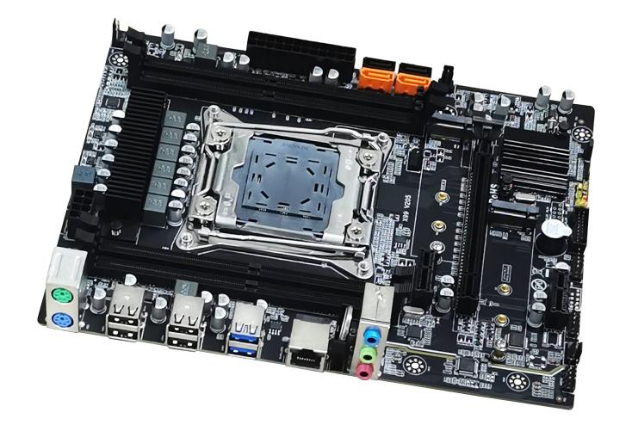The motherboard is the backbone of a computer system, serving as the central hub that connects all hardware components. Its quality and features directly impact performance, stability, and future upgradability. Here’s why the motherboard matters:
The motherboard dictates which CPU, RAM, GPU, and storage devices are supported. Different chipsets (e.g., Intel’s Z-series or AMD’s B-series) have varying limitations. Choosing the wrong motherboard may render certain components unusable.
Buses (e.g., PCIe, SATA, USB) on the motherboard facilitate high-speed communication between the CPU, RAM, GPU, and storage. The motherboard’s specs (e.g., PCIe 4.0/5.0 support) affect data transfer rates, impacting gaming, rendering, and file operations.
High-quality motherboards feature robust power delivery (e.g., 12+2 phase VRM), advanced cooling (e.g., heatsinks with metal armor), and optimized circuitry to prevent overheating or crashes under heavy loads. Cheap boards may fail during overclocking or prolonged use.
The number of slots (e.g., PCIe, M.2, RAM) determines whether you can add a new GPU, SSD, or more RAM later. Premium motherboards offer more connectivity options, ideal for long-term use.
The motherboard’s firmware (BIOS/UEFI) controls hardware initialization, overclocking, and security (e.g., TPM 2.0). A user-friendly UEFI interface simplifies troubleshooting and tuning.
The motherboard acts as the "skeleton" of a PC, influencing performance, reliability, and longevity. When building a computer, always choose a motherboard with the right chipset, power design, and expansion options to avoid bottlenecks.

Contact: Tom
Phone: 86 18933248858
E-mail: tom@angxunmb.com
Whatsapp:86 18933248858
Add: Floor 301 401 501, Building 3, Huaguan Industrial Park,No.63, Zhangqi Road, Guixiang Community, Guanlan Street,Longhua District,Shenzhen,Guangdong,China
We chat
